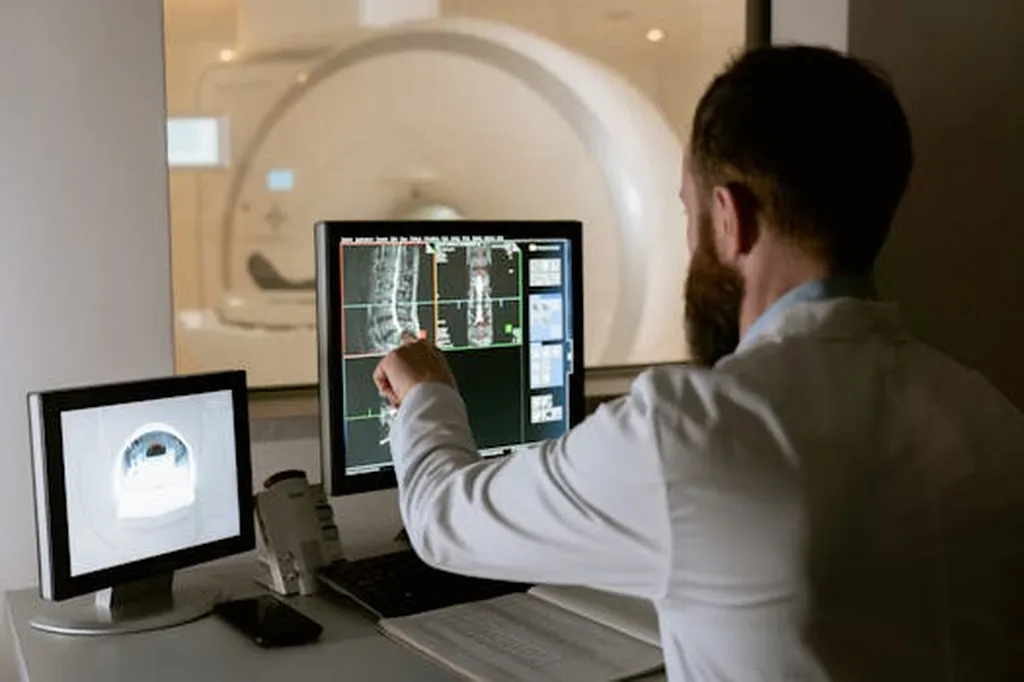In the relentless pursuit of sustainable agriculture and global food security, early detection of plant diseases stands as a critical battleground. Traditional methods, often relying on visual inspections or time-consuming chemical analyses, are increasingly being supplemented—and in some cases, replaced—by cutting-edge technologies. A recent review published in *Computers* sheds light on the transformative potential of these advancements, offering a roadmap for the future of precision crop disease management.
The review, led by Chijioke Leonard Nkwocha of the Department of Biological Systems Engineering at Virginia Tech, delves into the latest innovations in crop disease risk prediction, onset detection, and management. It highlights the pivotal role of imaging techniques such as hyperspectral and multispectral imaging, thermal imaging, and fluorescence imaging. These non-invasive methods provide highly accurate solutions for identifying plant diseases at their earliest stages, a capability that could revolutionize agricultural practices.
“Traditional disease detection methods are often time-consuming and inaccurate,” Nkwocha explains. “Modern techniques, on the other hand, offer non-invasive and highly accurate solutions, enabling early detection and timely intervention.”
The integration of machine learning (ML) and deep learning (DL) models, particularly convolutional neural networks (CNNs) and transfer learning, has further enhanced disease classification and severity assessment. These technologies, combined with edge computing and the Internet of Things (IoT), facilitate real-time disease monitoring by processing and communicating data directly in the field. This reduces latency and reliance on centralized cloud computing, making the entire process more efficient and responsive.
However, the review also underscores the challenges that remain. Standardization of multimodal datasets, integration of individual technologies, and ensuring robustness in varying field conditions are critical areas that need attention. Affordability is another key consideration, as the widespread adoption of these technologies hinges on their accessibility to farmers worldwide.
The commercial implications of these advancements are profound. By enabling early and accurate disease detection, farmers can implement targeted interventions, reducing crop losses and increasing yields. This not only boosts productivity but also promotes sustainable agricultural practices, aligning with the growing demand for environmentally friendly farming methods.
Looking ahead, the review emphasizes the need for developing autonomous end-to-end disease monitoring systems. These systems, incorporating sensing, computing, and communication technologies, could foster comprehensive precision agriculture. By integrating AI-driven disease detection and predictive models, farmers could analyze multimodal data, including environmental factors and imagery information, for early diagnosis and timely management.
As the agricultural sector continues to evolve, the insights from this review offer a glimpse into a future where technology and sustainability intersect. The journey towards an end-to-end digital framework for precision crop disease management is underway, and its impact on global food security and sustainable agriculture could be monumental.

